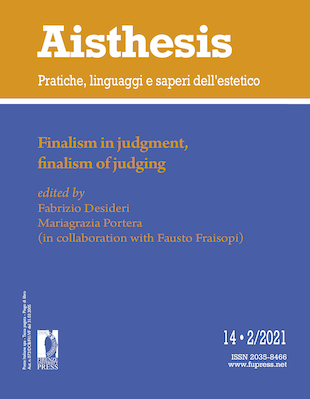Published 2022-01-24
Keywords
- Modern and contemporary city,
- Rainer Maria Rilke,
- Georg Simmel,
- Walter Benjamin,
- Rem Koolhaas
- Dialectical Image,
- Ruin,
- Labyrinth,
- Junkspace,
- Generic City,
- Monad ...More
How to Cite
Abstract
The theoretical presupposition of the discourse developed here is Benjamin’s conception of a dialectical image applied to the experience of the modern and contemporary city. The starting point is that of the radical strangeness between the inner life of the individual and the time of the modern metropolis. In this regard, we compare some verses taken from the third book of the Stundenbuch by Rainer Maria Rilke and Georg Simmel’s essay, Die Großstädte und das geistiges Leben, at the center of which is the Nervenleben as an intensification of the perceptive life typical of the experience of the modern city. We then move on to focus on the theme of the labyrinth analyzed by Benjamin in some passages of the Passagenwerk. In this regard, it is emphasized how the modern city realizes the ancient dream of the labyrinth elevating it to the sphere of language. The experience of the city as a labyrinth is interpreted as a «monotonous wandering», which is not delayed in a senseless roaming. In conclusion, the image of the Generic City and of the Junkspace theorized by Rem Koolhaas is compared, as an image that describes our present in the interweaving of the virtual city of cyberspace with the real city, as an alternative image to that of monad. As a monad, the image of the city still reserves the possibility of experiencing the truth, in a paradoxical gaze that captures the original idea of the city from the inside. This confirms that in the connection between city and monad already underlined by Leibniz “the true has no windows”, according to one of the most esoteric passages of the Passagenwerk.



